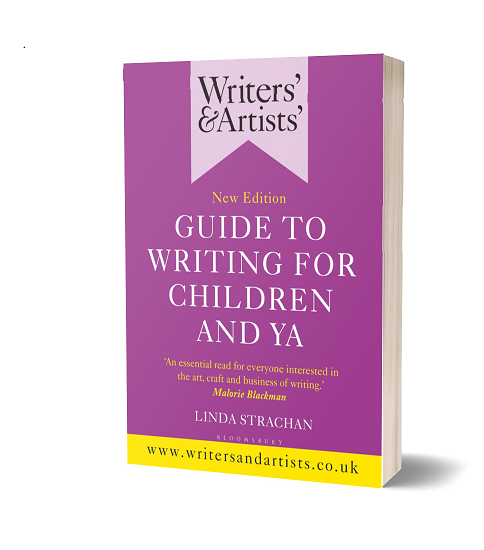Various terms are used when describing children who find reading difficult or who are unable to read at the levels that are generally recognised to be the accepted norm for their age.

The term ‘reluctant readers’ is used for ease, although they are not always reluctant per se: some children have conditions that make the act of reading incredibly difficult and they require specialist support.
The job of a writer is to write books that make children want to read and facilitate the whole process. Children vary so much in their development and their tastes that it makes any classification difficult and reading problems can also cause a lot of heartache for both the children and their parents.
The writer’s task is to create the most exciting and interesting books they can; this is so much more important when the child is a reluctant or struggling reader or one who finds concentrating on reading text a particular problem.
The first sentence or paragraph can be the deciding factor as to whether the child will read on or give up, and books for reluctant readers need to catch the reader immediately with a plot that is easy to get into and has plenty happening, making the reader want to turn the page again and again. The story should not be convoluted or overly complex in structure, but should also avoid patronising the reader or insulting their intelligence. It doesn’t have to be simple – just more accessible.
You may be asked to write a story that has an interest level that appeals to an older child of perhaps ten or above who only reads at the average reading level of a six or seven year-old. This means that the theme and content of the story has to be sufficiently complex and appealing to keep them engrossed, and have real relevance to their age and interests. The sentence structure needs to be simpler than would normally be used for that age group, and the vocabulary and meaning should be clear and easily understood.
These books are also shorter, as a thick book will put a reluctant reader off even before they even pick it up. If you put yourself in the place of someone who finds reading each word a difficult prospect, they will not enjoy the idea of hours of reading. A story with lots of action, short paragraphs, and plenty of dialogue to break up the text are all key to success.
It used to be that books for reluctant readers were only published by educational publishers, who commissioned them to very strict guidelines. The market is wider now, and trade publishers also produce these books. One publisher dedicated to reluctant readers is Barrington Stoke, award-winning trade publishers who publish books for all ages including for adults who struggle with reading. They have a series called Little Gems, small-format books with bright illustrations and stories that are full of fun for younger reluctant readers with interest levels of five to eight years, written by a range of high-profile authors such as Malorie Blackman (Grandpa Bert and the Ghost Snatchers, illustrated by Melanie Demmer) and Eoin Colfer (Mariella, Queen of the Skies, illustrated by Katy Halford). For older readers, gripping stories like Lark by Anthony McGowan are suitable for those with reading age of eight and above, and with a teen interest level. This is the last in a quartet of books about the same characters and knowing what to expect also helps reluctant readers, as do books that are funny or scary.
Non-fiction can be very engaging too, as demonstrated by the true story of Matthew Henson who was the first man to reach the North Pole; Catherine Johnson’s account of this, Race to the Frozen North, illustrated by Katie Hickey, is exciting and is written for a reading level of eight and interest level of eight to twelve years. All of these books are written by well-known and respected authors who have used their skills to grip reluctant readers but these books are also great short reads for competent readers, and seeing their peers reading the same books helps to take away the stigma for those not so confident at reading.
Barrington Stoke’s unique approach has won them many fans and accolades. They work from the idea that just because someone is unable to read conventional books, it does not mean that they should be barred from reading books by the best authors around. And everyone should have access to books which look the same as those their peers are reading.
Authors who write for Barrington Stoke are invited to do so and are generally established writers, so they are not looking for debutants, but the books are worth reading as great examples of writing that works on all levels. The commissioned authors are not asked to write specifically for reluctant readers: that aspect is dealt with at the editorial stage so that writers don’t have to alter their style and voice too much in order to meet the requirements of their target reader.
Their books are also printed on cream-coloured paper and in a dyslexia-friendly font. When the books are written, the manuscript is carefully edited in a consultation process between the editor and the writer. The final stage is when the manuscript is sent out to children who have agreed to act as reviewers: they go over the manuscript, noting any sections or specific words that they don’t understand or have difficulty reading. At this point the language experts and editors work with the writer to fix all the problems that the children have highlighted.
Writing for children who are struggling to read can be very rewarding for everyone concerned. Knowing that you have created something that may help a child discover the joys of reading is especially gratifying – even more so if it has been the first book that child has ever managed to read.
Comments